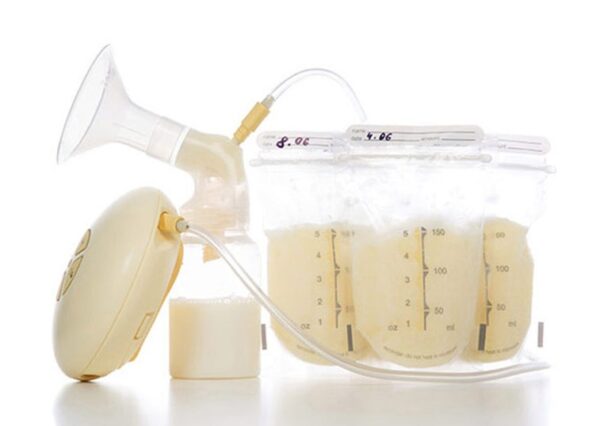If you’re training day in and day out and not seeing the results you’re after something is going amiss. Your diet isn't right, you're not allowing for recovery or you're simply not training efficiently.
Results are made when you train hard
There’s no easy way to get your dream body. Achieving peak fitness takes perseverance, consistency and a lot of hard work.
Too little training and you’re likely to see your progress slow or come to a complete stop. While it might be incredibly frustrating, this is a good indication you need to shake up your training regime and increase the intensity.
On the other hand, two much training can also be detrimental to your results, putting a swift end to your progress. This is because overtraining increases your recovery time and decreases your level of endurance and strength. The stress of training too hard too often can also lead to injury and mental burnout.
So, where’s the happy medium? Well, it’s in between “two little” and “too much”. Sounds vague we know, but every individual is different and training towards different goals. The ideal amount of training for maximum progress is just below the threshold of overtraining.
If you are just starting to work out, it’s best to start on the “too little” side and progress up rather than going at it hard and fast. Not only will you risk injury and see little progress, your motivation and intensity will taper off quickly as your body struggles to recover between sessions.
Increasing your intensity weekly is key
To get results we need to train hard. We need to break a sweat, get the heart rate up and feel the impact of working out. This intensity should increase in difficulty each week if you really want to keep progressing.
To increase your intensity, you need to add extra work for yourself. This could be in the form of more repetitions, more sets, more weight or a combination. For example, if you wish to train your glutes, pick two exercises such as sumo deadlifts and hip thrusts, that you’ll do twice a week.
For those who train Monday, Wednesday, and Friday, these exercises should be down at the start and end of your training week. Commence with 8-12 reps of each exercise, keeping the weight challenging but not too heavy or light.
Your program may look like this:
Week One
3 sets of deadlifts and 2 sets of hip trusts, on Monday and Friday.
Your total butt work for the week = 10 sets.
Week Two – add a set
4 sets of deadlifts and 3 sets of hip trusts, on Monday and Friday.
Your total butt work for the week = 14 sets.
Week Three – add a day
4 sets of deadlifts and 3 sets of hip trusts, on Monday and Friday, plus an additional 2 sets of each on Wednesday.
Your total butt work for the week = 18 sets.
Week Four – add a set
4 sets of deadlifts and 3 sets of hip trusts, on Monday and Friday, plus an additional 3 sets of each on Wednesday.
Your total butt work for the week = 20 sets.
By executing a program like this, you’ve effectively doubled the amount of work, while still allowing time for recovery. While you’re getting fitter week after week, the training doesn’t get easier because you’re increasing your workload. However, you’re also increasing the overall fatigue and stress on your body which will ultimately hide your progress. That’s where week 5 comes into play.
Week Five – reduce the volume
In week five, you back off the workload and reduce back to week one’s level. Why? In weeks 1-4, you’re making regular deposits into your piggy bank. Some training days you felt good and added silver dollars and quarters into the jar. Some days you lacked energy and only deposited pennies. Regardless, you spent four weeks training and depositing money.
In week five, you’re able to crack open the piggy back and cash in on all your hard work. In glutes example, that’s a bigger butt and most likely a smaller waist.
Okay, so you probably won’t achieve your goal physique in the first five-week block of training, however, the concept remains that same. Pick two new exercises and start the cycle again: train, make deposits and continue adding the cash in through recovery.
Of course, training is not the be-all and end-all. If your nutrition isn’t on point, then progress is unlikely. After all, fit bodies are made in the kitchen, right? For maximum results ensure your nutrition is directed towards fat loss and muscle preservation. If you do that, you’ll have eve more to deposit and cash in at the end of each cycle.

3 Tips to Staying on Track Over the Holidays
With special events, parties, family gatherings, and travel plans, the holidays can throw off your regular routines and make it especially...


.png?width=70&height=70&name=Stark_LogoMark%20(1).png)
 Stark
Stark
